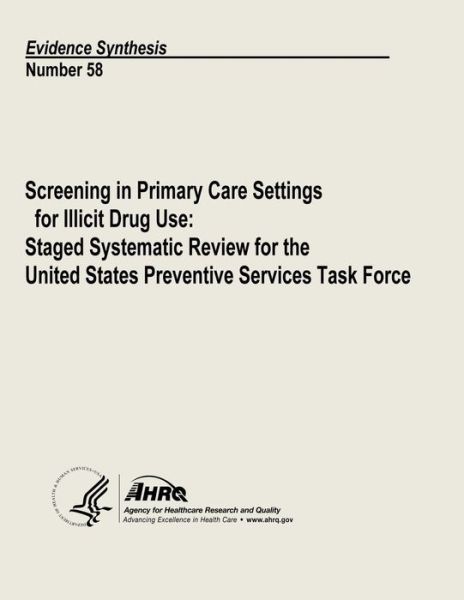
Powiedz znajomym o tym przedmiocie:
Alcohol Consumption and Cancer Risk: Understanding Possible Causal Mechanisms for Breast and Colorectal Cancers: Evidence Report / Technology Assessment
U S Department of Heal Human Services
Alcohol Consumption and Cancer Risk: Understanding Possible Causal Mechanisms for Breast and Colorectal Cancers: Evidence Report / Technology Assessment
U S Department of Heal Human Services
Publisher Marketing: The purpose of our assessment of alcohol and cancer induction is to explore the possible underlying causal mechanism(s) of the association between alcohol consumption and breast and colorectal cancers. Therefore, we developed four Key Questions that address the potential mechanism(s) by which alcohol might be involved in the development of breast and colorectal cancers. The primary evidence base to address these questions consisted of experimental studies of humans, animals, and cell lines where alcohol exposure could be controlled. In addition to this evidence base we also considered epidemiology studies where alcohol exposure was not controlled (including those in patients with or without cancer) and hypothesis-generating studies that examined potential metabolic pathways connecting alcohol to cancer risk. The following Key Questions will be addressed in this report: 1. What are the likely causal mechanisms by which alcohol contributes to the development of breast cancer? Which of the possible mechanisms (e.g., induction of P450 cytochromes and carcinogen metabolism, effects on blood hormone concentrations, effect of acetaldehyde or other alcohol metabolite on apoptosis and DNA repair, interactive effects on other nutritional factors, or others) are likely to be most important in breast cancer development? 2. For the most likely mechanisms of action involving alcohol and the development of breast cancer, how might other factors modify the effect of alcohol on breast cancer (for example, age, latency of effect, intensity, duration, and recency of exposure, presence of co-carcinogens, presence of threshold effect)? Do the causal mechanisms vary by cell type or other tumor characteristics? 3. What are the likely causal mechanisms by which alcohol contributes to the development of colorectal cancer? Which of the possible mechanisms (e.g., induction of P450 cytochromes and carcinogen metabolism, effects on blood hormone concentrations, effect of acetaldehyde or other alcohol metabolite on apoptosis and DNA repair, interactive effects on other nutritional factors, or others) are likely to be most important in colorectal cancer development? 4. For the most likely mechanisms of action involving alcohol and the development of colorectal cancer, how might other factors modify the effect of alcohol on colorectal cancer (for example, age, latency of effect, intensity, duration, and recency of exposure, presence of co-carcinogens, presence of threshold effect)? Do the causal mechanisms vary by cell type or other tumor characteristics? To address these Key Questions we searched electronic databases for information on ethanol consumption and the possible risks for breast and colorectal cancers. Thirty-five breast cancer studies (five in humans, 15 in animals, and 15 in cell lines) and 31 colorectal cancer studies (one in humans, 19 in animals, 10 in cell lines, and one combination [animal and cell lines]) were included in the report. Information on study design and conduct was used to judge individual study internal validity. Data on experimental model, mechanism(s) examined, amount and duration of ethanol exposure, cancer formation, and intermediate outcomes were abstracted and tabled for review and discussion.
| Media | Książki Paperback Book (Książka z miękką okładką i klejonym grzbietem) |
| Wydane | 24 kwietnia 2013 |
| ISBN13 | 9781484199794 |
| Wydawcy | Createspace |
| Strony | 156 |
| Wymiary | 216 × 280 × 8 mm · 376 g |
Więcej od U S Department of Heal Human Services
Zobacz wszystko od U S Department of Heal Human Services ( np. Paperback Book )

































